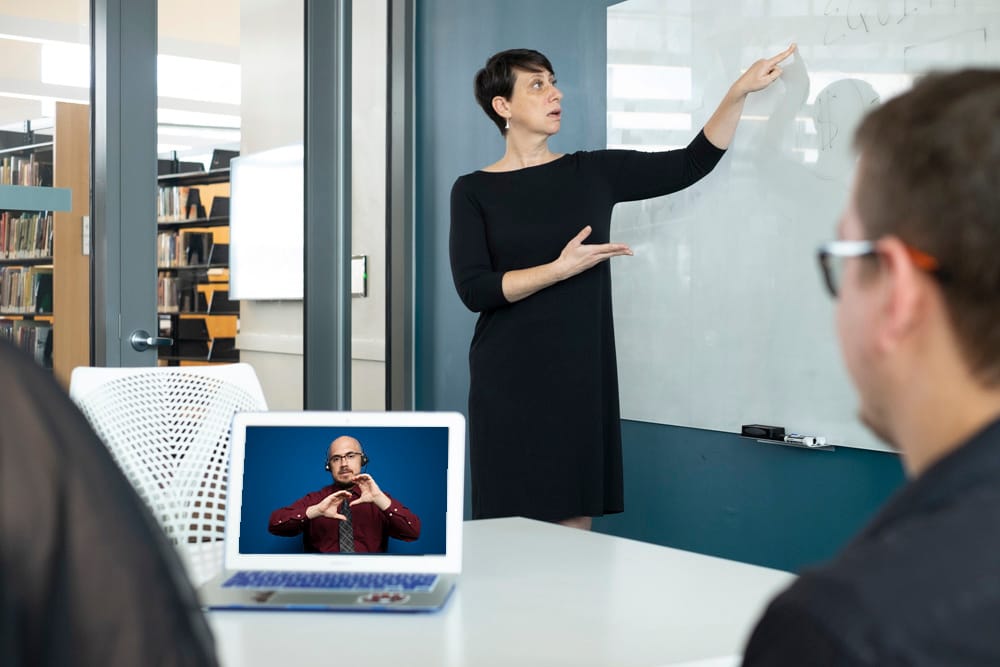
VRI vs Onsite ASL Interpreting Explained
Discover the differences between Video Remote Interpreting (VRI) and Onsite ASL Interpreting in this easy guide. Learn when to use each for clear communication in hospitals, courtrooms, schools, and workplaces. Perfect for anyone seeking accessible solutions.
